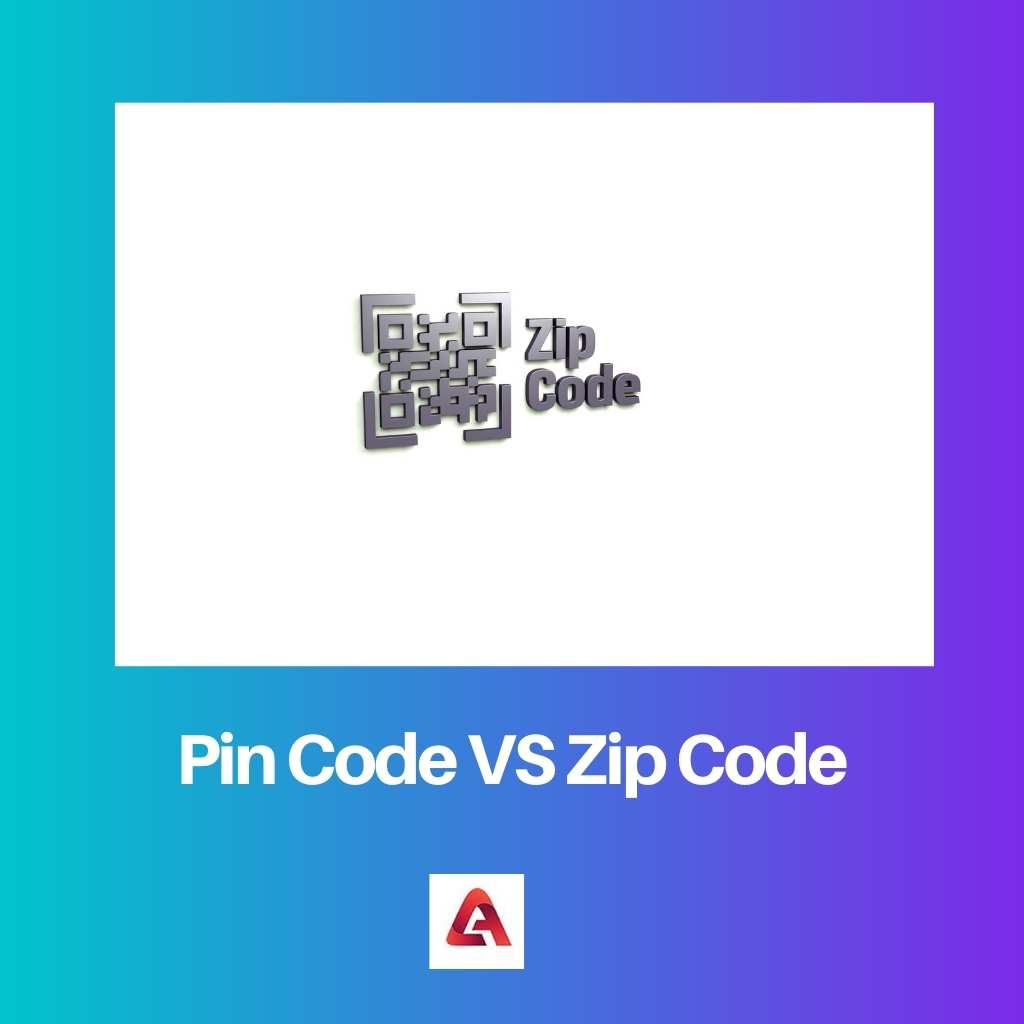The crucial requirement to send a post is the address. Correct address ensures the safe delivery of the post or mail.
The sender post the mail from a post office of their choice. Mails are sorted based on the address.
The code number given on the envelope helps in the sorting process. Code numbers play a crucial role in mail and posts.
Key Takeaways
- Pin Code, or Postal Index Number, is a six-digit code system used in India to identify postal regions and simplify mail delivery.
- Zip Code, or Zone Improvement Plan Code, is a five-digit code system used in the United States to identify postal zones and expedite mail sorting and delivery.
- Pin Codes and Zip Codes are essential components of mailing addresses, helping to improve the efficiency and accuracy of postal services in their respective countries.
Pin Code VS Zip Code
Pin code system was introduced in India in 1972. There are many different places with the same name in India. To clarify the difference pin codes were used. A pin code helps in reaching the correct destination. A pin code contains six numbers. Zip code is a postal code introduced in America. It has numbers and alphabets in it.

Pin code is used since August 15, 1972. Pin codes became mandatory for sorting out the letters. It made the process easy and eliminated confusion.
Shriram Bhikaji Velankar introduced this concept in India. He served as an additional secretary of the Union Ministry of Communication.
This system changed the method of working of post offices.
Introduced in 1963, the Zip code is the postal code of America. The code consisted of five numbers in the beginning.
In 1983, four numbers were added to the initial five numbers. These four digits should be followed by a hyphen next to the five numbers.
The name Zip indicates that the mail with zip codes travels safely like it is zipped along.
Comparison Table
| Parameters of Comparison | Pin Code | Zip Code |
|---|---|---|
| Introduced in | 1972 | 1963 |
| Country | India | America |
| Numbers | 6 | 5+4 |
| Full form | Postal Index Number | Zonal Improvement plan |
| Compositions | Numbers | Numbers and letters |
What is Pin Code?
Pin code system helps the Indian postal employers to work smartly. India has a similar name for different places. The public-use various languages in India.
These are hurdles for a postman to deliver the post to the correct address. Using pin codes helps to rectify this confusion.
Letter writing still lives through the old souls who prefer to write a lovable letter to their loved ones. The first digit in the pin code denotes the zone.
Thus, each post office within a district has a unique last three numbers. These numbers together make the pin code address of a place.
Each number indicates a different thing.
India is divided into nine postal zones. One of these is the functional zone comprising the mails for the Indian army.
The last two digits indicate the particular post office. Post offices are named based on chronological order.
If a new post office is established as a branch of a large post office, the following number is given. Each district has a head post office in which all the letters are sorted and sent to regional post offices.
Pin code is written at the end of the address. In postal cards, a space is provided to write the pin code.
Pin code has simplified the cumbersome sorting process. The letters received in bulk are classified based on the pin code.
The pin prefix for army postal service is 90-99.

What is Zip Code?
The united states post office department divided larger cities into several postal zones in 1943. Zipcode was not mandatory initially.
An abbreviation of the state name prefixed the zip code. Robert Moon is the father of Zip codes.
Sectional center facilities sort the mail.
The sorted mails are sent to corresponding post offices. Sectional center facilities serve only the purpose of sorting out. It does not deliver mails.
It works in association with a post office that distributes mail. Digital zip code readers help effective and faster classification of mails based on the zip code.
The zip codes are translated into a bar code. The bar code is on the envelope.
It helps the machines to sort out in a better way.
The sender can generate the barcode beforehand. But, this is not ideal. People sending bulk emails get discounts.
Discount is offered, only if the sender has printed the barcode and keeps the letters sorted. Zipcode does not apply to foreign countries.
Overseas letters for US Army use zip codes. Some foreign countries like the Republic of Marshall islands have zip code-mediated delivery.
The first number of Zipcodes indicates the group of US states. The letter reaches a particular sectional center facility based on the first three numbers of the zip code.
The lowest number in the list of zip codes is given to Holtsville, New York. The fourth and fifth numbers represent the group of the delivery address.
Main Differences Between Pin Code and Zip Code
- Pin code serves in India. The pin code system helps to simplify the postal process in India. Zip code is used in the USA.
- The six numbers in a pin code indicate each step in the sorting. Zipcode contains five numbers to which they added four numbers
- Indian postal service called the India post introduced Pin code in 1972. Zipcodes have been used in America since 1963
- A Pin code contains only numerals. Zipcode may contain only numbers or maybe a combination of numbers and alphabets.
- Pin code helps in identifying the location and planning the route of delivery. Zip code is used only to identify the location.
- https://ieeexplore.ieee.org/abstract/document/5277632/
- https://link.springer.com/article/10.1186/1476-072X-5-58
